SCENARIO 18-9
What are the factors that determine the acceleration time (in sec.)from 0 to 60 miles per hour of a
car? Data on the following variables for 171 different vehicle models were collected:
Accel Time: Acceleration time in sec.
Cargo Vol: Cargo volume in cu.ft.
HP: Horsepower
MPG: Miles per gallon
SUV: 1 if the vehicle model is an SUV with Coupe as the base when SUV and Sedan are both 0
Sedan: 1 if the vehicle model is a sedan with Coupe as the base when SUV and Sedan are both 0
The regression results using acceleration time as the dependent variable and the remaining variables
as the independent variables are presented below. 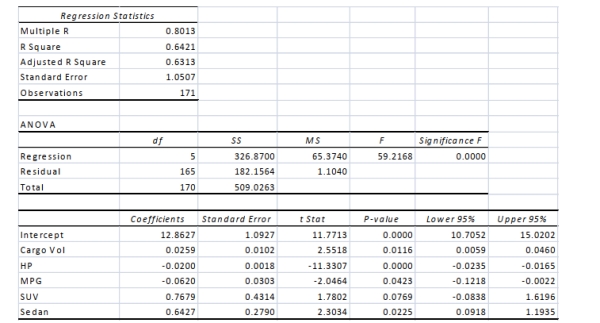 The various residual plots are as shown below.
The various residual plots are as shown below. 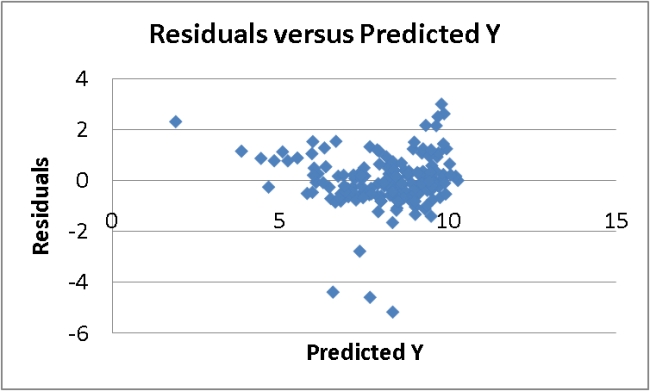
A Roadmap for Analyzing Data 18-63 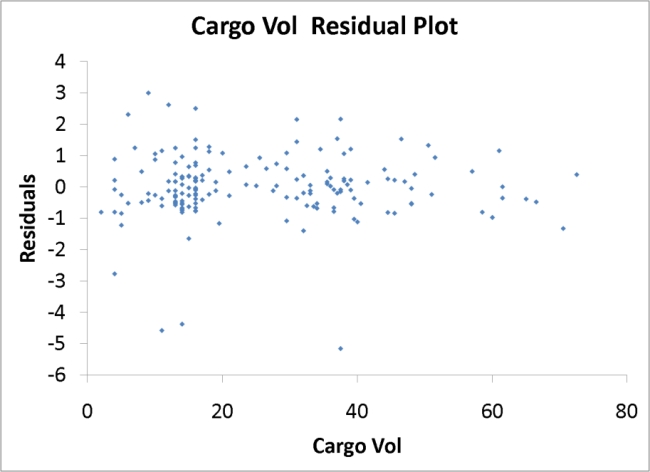
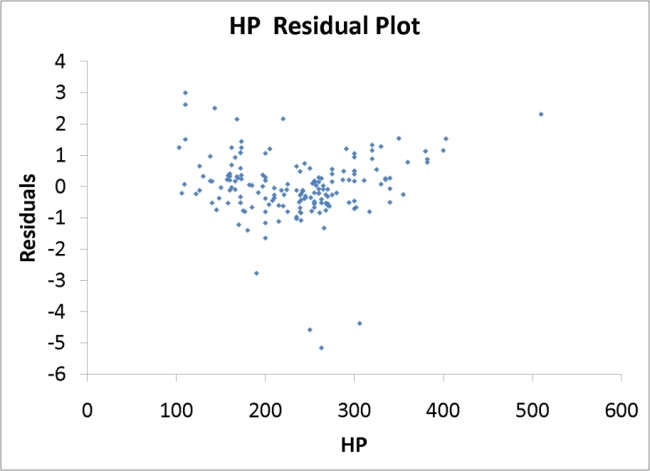

18-64 A Roadmap for Analyzing Data 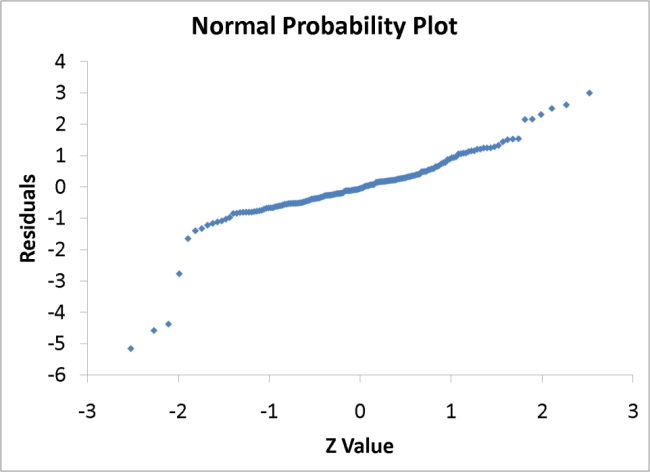

-True or False: Referring to Scenario 18-9, the 0 to 60 miles per hour acceleration time of a
coupe is predicted to be 0.7679 seconds higher than that of a sedan.
Definitions:
Financing Activities
Transactions involving long-term liabilities and equity of a company, including issuing debt, repurchasing shares, and paying dividends.
Preferred Stock
A class of ownership in a corporation that has a higher claim on its assets and earnings than common stock, usually entailing dividend payments before dividends are distributed to common stockholders.
Cash Flow
The total amount of money being transferred into and out of a business, particularly concerning liquidity.
Cash Flow Statement
A financial statement that summarizes the amount of cash and cash equivalents entering and leaving a company.
Q1: True or False: Referring to Scenario 17-4,
Q2: <img src="https://d2lvgg3v3hfg70.cloudfront.net/TB2675/.jpg" alt=" " class="answers-bank-image d-block" rel="preload"
Q16: True or False: Referring to Scenario 14-15,
Q18: True or False: In nonmetric multidimensional scaling,
Q30: Referring to Scenario 19-4, suppose the supervisor
Q37: True or False: SS method is among
Q41: In a study of the effectiveness
Q54: The Cp statistic is used<br>A) to determine
Q60: The two major types of statistics are
Q92: <span class="ql-formula" data-value="\overline { \mathrm { x